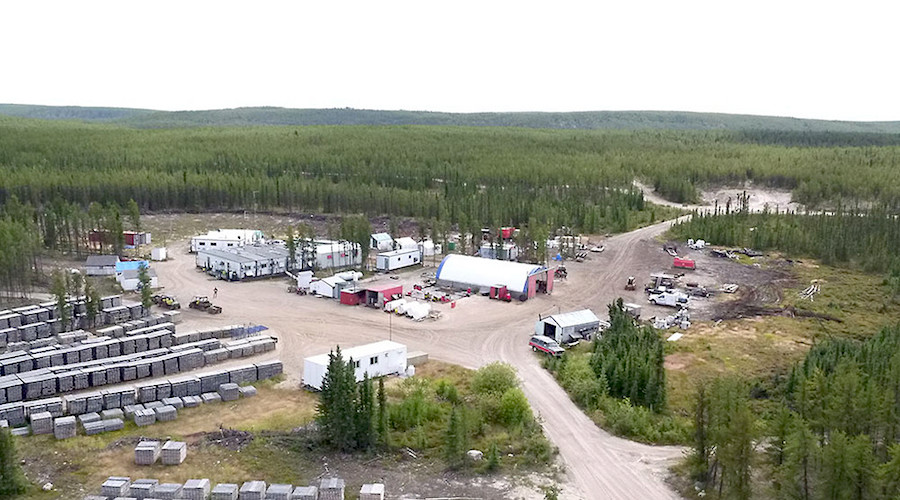Denison ups expected ISR head grades by 50% for Phoenix uranium deposit

Denison Mines (TSX: DML; NYSE: DNN) says it is increasing the anticipated head grade from its in-situ recovery (ISR) at the Phoenix uranium deposit in Saskatchewan by 50%.
“The metallurgical testing completed to date demonstrates that uranium can be consistently recovered from Phoenix cores at levels significantly higher than the 10 g/L extraction rate used in the PFS,” Denison VO operations David Bronkhorst said, “giving rise to a decision to adapt future unit operation metallurgical tests to use a UBS head grade of 15 g/L.”
The company said the 50% head grade increase is expected to greatly optimize earlier operating parameter assumptions and the design of the processing plant while maintaining the same level of uranium production, which for the Phoenix mine is 6 million lb. uranium oxide (U3O8) per year over a mine life of 10 years.
The Wheeler River uranium project in Saskatchewan’s Athabasca Basin consist of two deposits – Phoenix and Gryphon. Development will be staged, starting with the Phoenix deposit.
The Phoenix probable reserve is 141,000 tonnes grading 19.1% U3O8, for 59.7 million lb. U3O8. The pre-feasibility study done in 2018 anticipated the initial capex will be C$623.1 million with ISR technology. The all-in sustaining cost would be $8.90 per lb. U3O8.
The Gryphon project will be a conventional underground development. The deposit probable reserve is 1.3 million tonnes grading 3.5% U3O8, for 49.7 million lb. U3O8. The mine would produce 7.8 million lb. U3O8 in each year of an estimated 14-year mine life. The all-in sustaining production cost would be $22.82 per lb. U3O8.
(This article first appeared in the Canadian Mining Journal)
{{ commodity.name }}
{{ post.title }}
{{ post.date }}

Comments